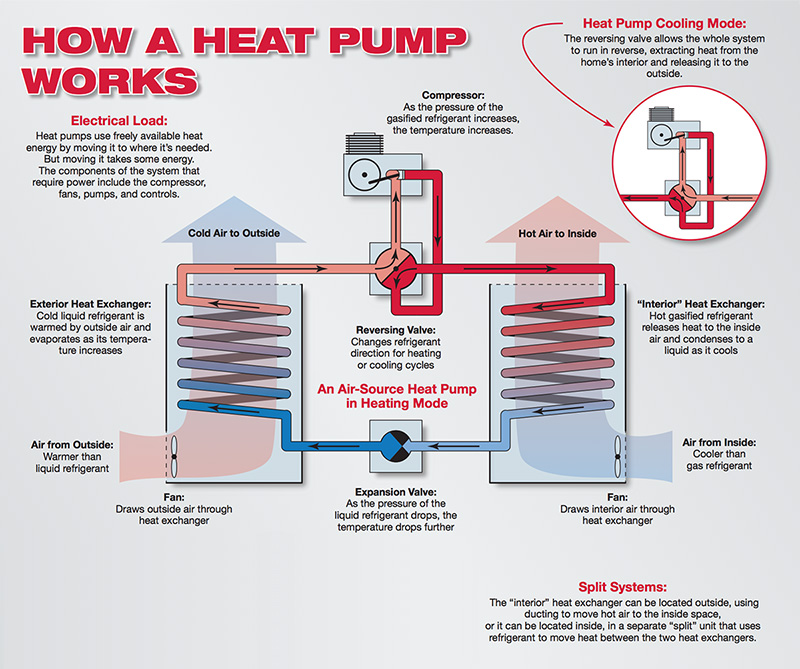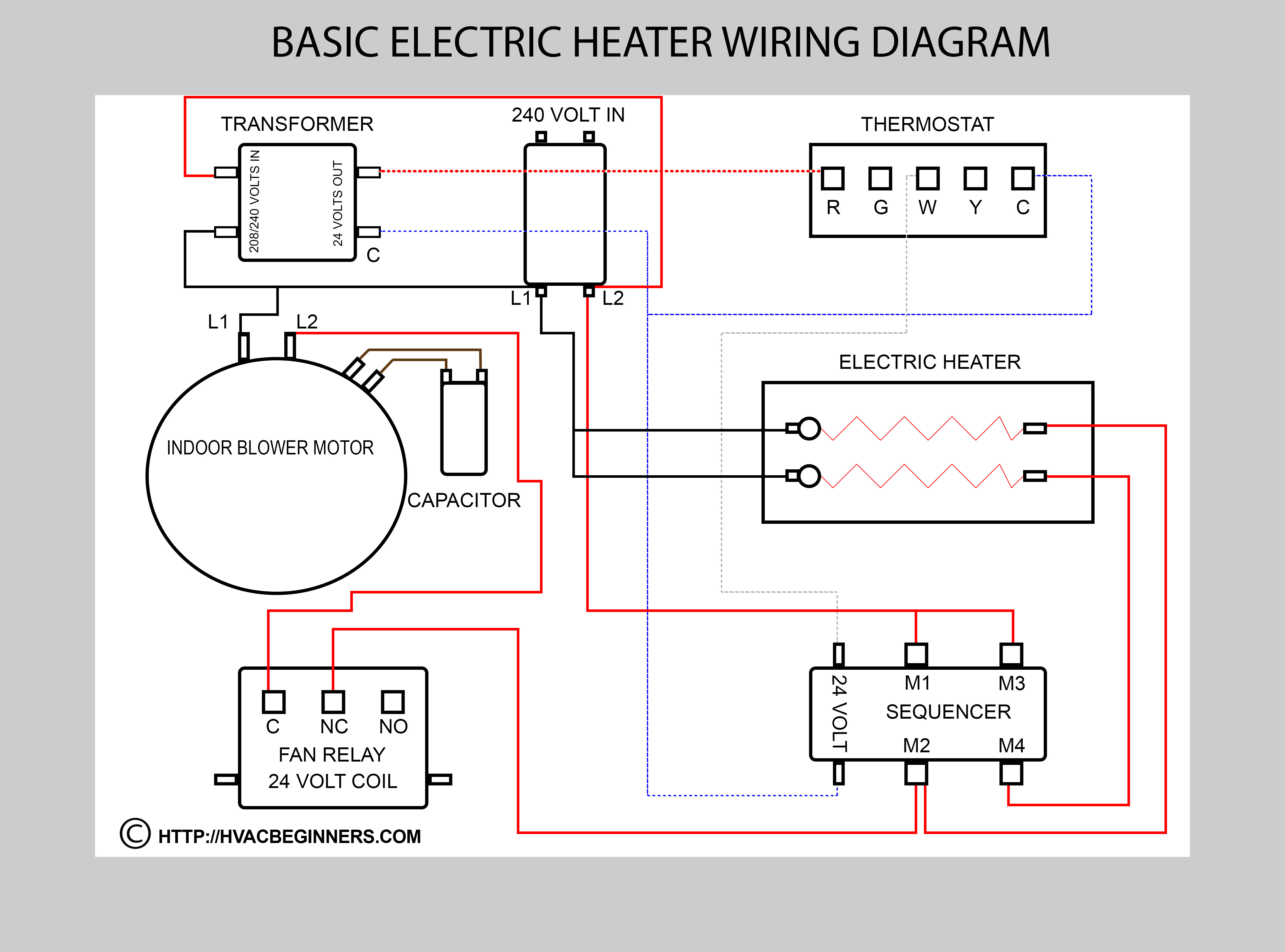Air Conditioner Installation: What You Need to Know
Evaluating Your Room: Trick Dimensions for Air Conditioning Installation ========================================================================
If you have actually ever found yourself in a room where the a/c just could not seem to stay up to date with the summertime heat, you may benefit from examining your room.
Guaranteeing your air conditioning system is correctly sized and set up requires interest to crucial measurements such as area dimension, doors and window dimensions, ceiling height, insulation top quality, and airflow patterns. By comprehending these variables, you can optimize your cooling system's efficiency and performance.
However exactly how precisely do these dimensions influence your cooling installation?
Secret Takeaways
- Accurately measure space dimensions for proper system ability and airflow optimization.
- Pick energy-efficient windows and doors to enhance insulation and reduce warmth transfer.
- Ensure perfect air vent placement and unhampered air flow for efficient cooling distribution.
- Upgrade insulation to enhance thermal resistance, seal spaces, and enhance general system performance.

Room Size Measurements
When determining area size for cooling setup, see to it you accurately assess the measurements to identify the suitable unit capacity. Start by taking into consideration furnishings placement within the room. Furnishings can obstruct air blood circulation if put also close to vents or the air conditioning device. To guarantee maximum cooling efficiency, prepare your furnishings in a manner that promotes correct air flow throughout the room.
Additionally, take into account the room's format and size when preparing for air circulation. Correct air circulation is important for keeping a regular temperature throughout the room. Bear in mind any challenges that can disrupt the circulation of air, such as drapes obstructing vents or huge items of furnishings blocking airflow. By guaranteeing ample room for air to circulate easily, you can optimize the performance of your air conditioning system and produce a comfortable environment in your house.
Window and Door Capacities
To guarantee correct air conditioning installation, analyze the measurements of windows and doors in the space to optimize air movement and cooling down performance. When reviewing doors and window dimensions, consider the following:
Framework Compatibility: Make sure that the cooling unit you choose is compatible with the frameworks of your windows and doors. Inappropriate fit can result in air leaks and reduced power efficiency.
Installation: Take into account the setup procedure when selecting a cooling system. Some units may require certain home window measurements or additional modifications for correct setup.
Product Selection: Select windows and doors made from products that supply excellent insulation to improve energy effectiveness. Appropriately protected windows and doors can assist maintain a constant temperature in the area.
Power Efficiency: Go with energy-efficient doors and windows to decrease warm transfer and enhance the overall effectiveness of your cooling system. Energy-efficient materials can enhance the air conditioning abilities of your area while decreasing power expenses.
Ceiling Height Analysis
Evaluating the elevation of your ceiling is important for establishing the best positioning of cooling vents for reliable cooling distribution. When evaluating your ceiling height, ensure to think about the clearance required for both the ductwork and the air conditioning vents. Appropriate ceiling clearance guarantees that the ductwork can be mounted appropriately without any obstructions, permitting ideal air movement throughout the area.
In addition, proper clearance above the vents makes sure that the cooled down air can flow easily without any limitations, resulting in more even cooling in the space.
When planning the positioning of ductwork, think about the height of your ceiling to prevent any kind of concerns with installation or performance. Air conditioning system diagnostics Appropriately positioned ductwork can aid optimize the effectiveness of your air conditioning system and ensure that each area obtains enough cooling.
Insulation Evaluation
Analyze the insulation top quality to optimize the performance of your a/c system. Proper insulation plays a crucial duty in preserving a comfy indoor atmosphere while optimizing power efficiency. Right here are 4 bottom lines to evaluate when assessing the insulation in your area:
Thermal Resistance: Inspect the R-value of your current insulation to see to it it satisfies the recommended standards for your area. Higher thermal resistance indicates much better insulation high quality, which helps in minimizing warmth transfer and maintaining a constant temperature level.
Insulation Positioning: Inspect the positioning of insulation throughout your room, concentrating on areas such as wall surfaces, ceilings, and floorings. Appropriately mounted insulation prevents power waste by minimizing warm exchange with the surrounding setting.
Sealing Gaps: Recognize and secure any gaps or splits in the insulation to prevent air leak. Appropriately secured insulation improves energy performance by maintaining airtight barriers that avoid conditioned air from escaping.
Updating Insulation: Take into consideration updating your insulation to newer, much more energy-efficient materials. Upgrading can improve thermal resistance, decrease power consumption, and improve the general efficiency of your cooling system.
Air flow Analysis
Examining the airflow within your room is essential for making sure peak efficiency of your cooling system. Appropriate airflow distribution is necessary to keep consistent temperature levels throughout the area. When examining airflow, consider the ventilation needs of each area to assure appropriate air blood circulation.
To evaluate airflow distribution, beginning by checking for any obstructions such as furnishings obstructing vents or debris blocking air ducts. Poor air flow can bring about inefficient cooling and heating, causing discomfort and boosted energy costs. It is very important to address any problems without delay to optimize the efficiency of your cooling system. Emergency air conditioning installation
In addition, recognizing the air flow demands of different rooms in your house or workplace is key to maintaining air high quality and comfort levels. Correct air flow aids get rid of stale air, smells, and toxins while generating fresh outside air. By reviewing air movement and ventilation requirements, you can produce a much more comfy and healthy indoor atmosphere for everybody.
Frequently Asked Inquiries
Just How Can I Identify the most effective Area for My Cooling System Within the Space?
When determining the very best place for your a/c device in an area, consider the cooling capacity and air circulation. Keep the device away from barriers that could obstruct airflow and area it centrally in the room to guarantee even cooling.
Perfect positioning helps distribute amazing air successfully, taking full advantage of the unit's efficiency. Proper positioning can make a significant difference in exactly how successfully your air conditioning system cools the space.
Exist Any Type Of Particular Elements to Think About When Installing an A/c System in a Multi-Level Structure?
When installing a cooling unit in a multi-level building, consider elements like energy effectiveness, cooling capability, placement, and availability.
See to it the system is tactically positioned to cool down multiple degrees efficiently. Select a location that permits very easy gain access to for repair and maintenance.
Additionally, review the cooling capability to ensure it can effectively cool the entire building. These considerations will certainly help maximize the efficiency of your a/c system in a multi-level setting.
What Is the Suitable Distance In Between the Air Conditioning System and Any Type Of Heat-Producing Appliances in the Space?
When placing your cooling device, make sure correct air flow range from heat-producing home appliances in the room. This assists with warmth dispersion and avoids the AC from functioning more difficult to cool down the area.
Go for a perfect distance of at least 3 feet in between the AC system and any kind of heat sources like ovens or lamps. Maintaining this separation will certainly maximize the performance of your a/c system and extend its lifespan.
Exist Any Prospective Threats That I Should Understand When Setting Up an A/c System in a Small or Encased Space?
When installing an air conditioning unit in a tiny or encased area, be mindful of prospective hazards. Make sure to resolve air flow concerns to avoid air quality issues. Take safety precautions seriously, especially with minimal space restrictions.
Understand setup challenges like proper placement for finest efficiency. Focus on safety and security and see to it your room is well-ventilated to prevent any type of risks connected with setting up an air conditioning device in a confined location.
Just How Can I Guarantee Appropriate Air Flow for My Cooling System to Run Effectively in an Area With Limited Airflow?
To optimize air flow for your air conditioning system in a space with limited airflow, warranty correct air flow by keeping vents clear and unblocked.
On a regular basis tidy or change air filters to keep efficiency.
Take into consideration utilizing a fan to aid distribute air and stop stationary pockets.
Position the unit in a location where air can move openly, staying clear of confined areas.
These steps will assist your a/c run successfully and cool down the space properly.

Verdict
Now that you have taken essential dimensions for your cooling setup, you're one step closer to making certain peak cooling effectiveness in your room.

By precisely examining area dimension, doors and window dimensions, ceiling height, insulation, and air flow, you can make informed choices on the best a/c system for your requirements.
Remember, correct dimensions are essential for an effective and effective cooling setup.